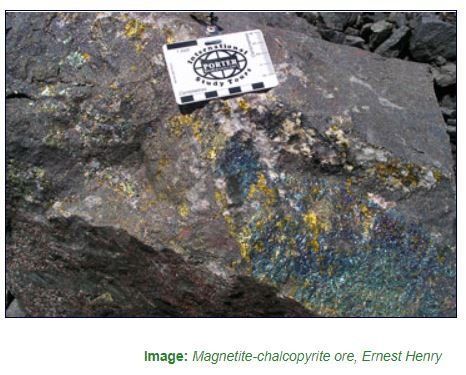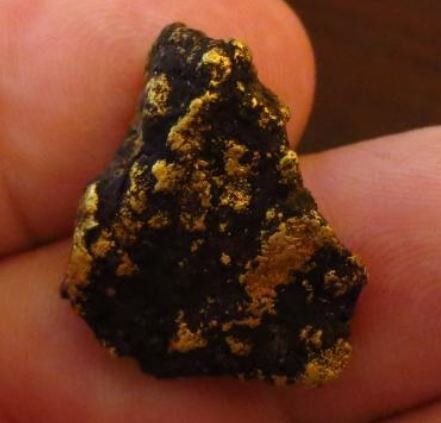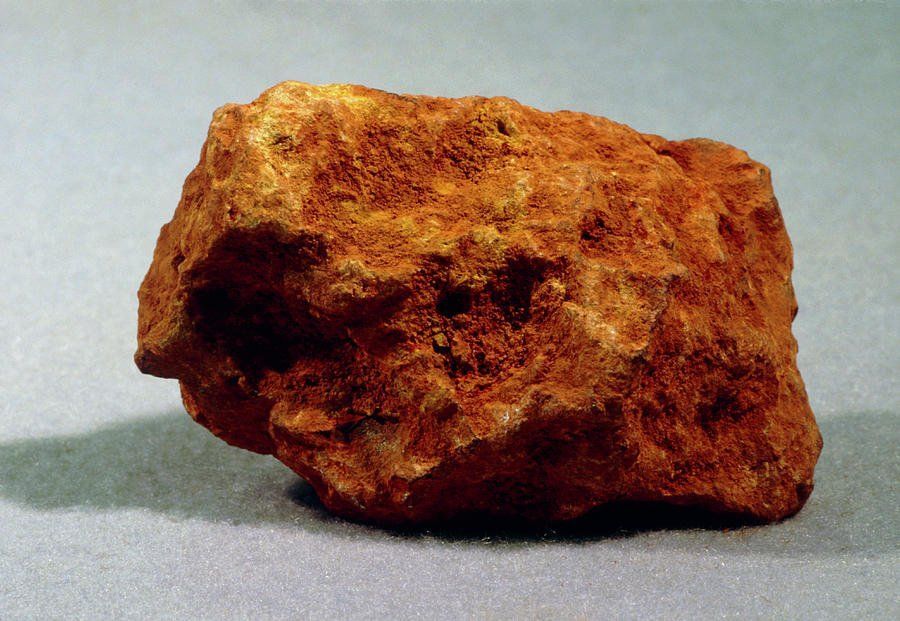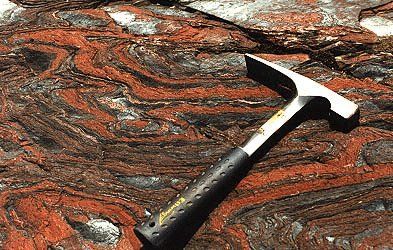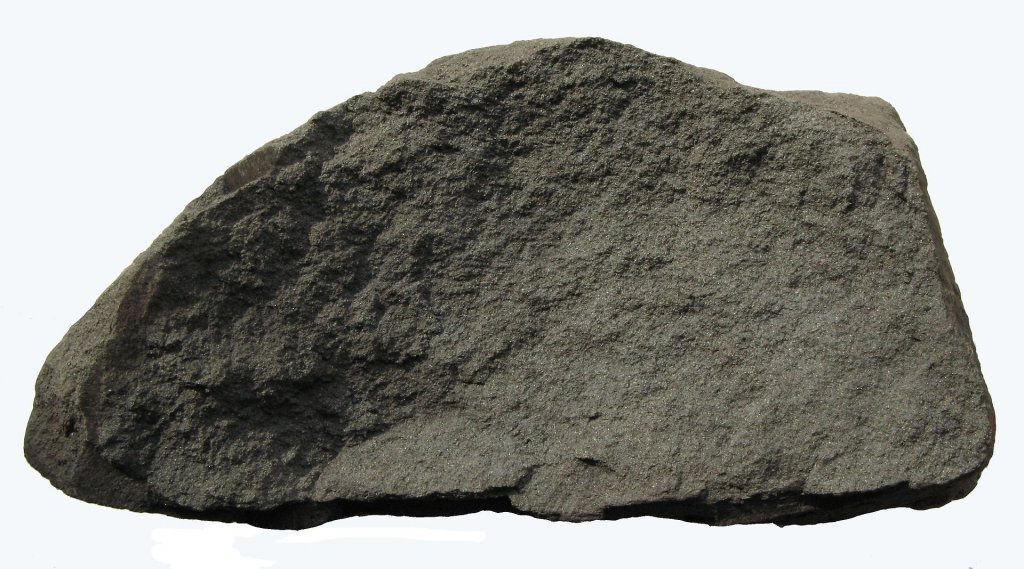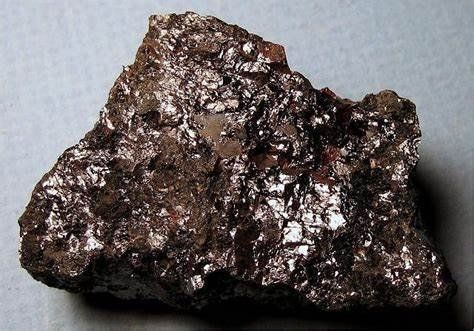Deepseeker said:
In an branch of science that continually confounds me, thank you for the above explanation goldierocks :Y:
One other bit of information might also be useful. The different iron oxides form in different ways, which one could group as PRIMARY and SECONDARY. It has relevance to the occurrence of gold in them. Primary being those that form before or simultaneously with the gold. secondary being those formed later by weathering of primary gold deposits.
(1) All of the iron minerals can be primary (e.g. sedimentary limonite, hematite and maghemite iron ores, magnetite banded iron formation, Hamersley-type hematite ores)
(2) Limonite is the most common (abundant) form of secondary iron oxide formed during weathering. It forms usually within 30 m of surface by oxidation of other iron minerals and by oxidation of sulphide minerals in primary gold deposits. Rainwater high in oxygen from the atmosphere, percolates down into the ground and alters the earlier minerals. Gold can occur in the iron-rich ferricrete of the laterite, usually derived from within the earlier minerals.
(3) Hematite can form from hot, gold-bearing waters when gold deposits first form (e.g. at Tennant Creek). Magnetite can also (e.g. Ernest Henry in the Cloncurry district, at Olympic Dam)
(4) Gold can be deposited when hot waters containing gold hit EARLIER iron minerals such as hematite and magnetite (e.g. banded iron formation (magnetite) at Tennant Creek, magnetite bodies at Tennant Creek).
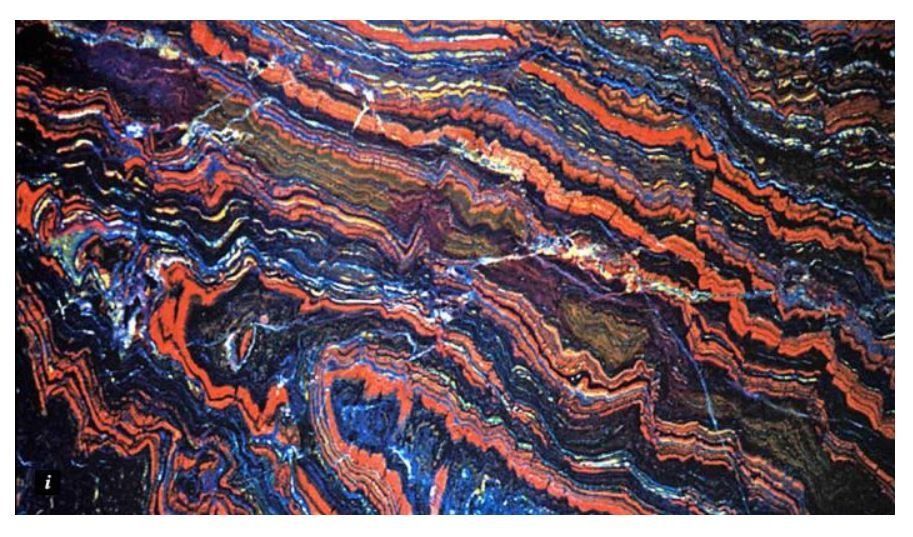
(5) Ferricrete (iron-rich laterite, usually hematite and limonite) has formed at surface by weathering over much of Australia during fairly recent times geologically (the last 30 million years or so). If laterite forms over earlier gold deposits of any type, the surface water in cracks can dissolve gold from it, which then moves sideways until it hits iron oxide minerals such as magnetite and maghemite of any age, including ferricrete duricrusts formed at the same time as the laterite, and gold will crystallize out in these iron oxides. Much of the "noisy" ground in central Victoria is of this type - the gold can be primary or secondary, but much of the iron oxide is secondary limonite and maghemite formed at surface from iron weathered out of the iron-rich sedimentary rocks such as slate, or from granite, or from oxidised sulphide minerals..
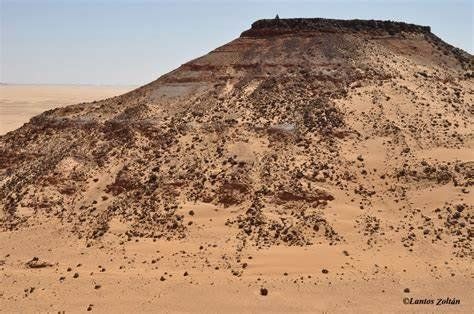
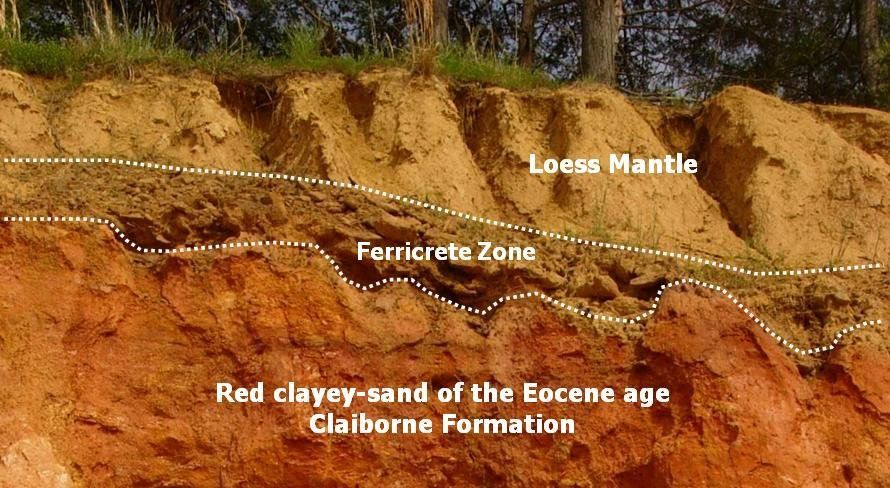

So you might have a lump of gold in a mixture of different iron oxides in a single district. For example around Cloncurry, a sample of fresh rock might contain primary magnetite and primary gold. Nearby at the same deposit you might have primary gold associated with secondary limonite that formed by weathering of magnetite and sulphide minerals such as pyrite and pyrrhotite. Further along the outcrop might be a lump of secondary limonite as part of a laterite, which contains secondary gold derived b y weathering of a primary magnetite-rich gold deposit (with probably a bit of primary gold still within it as wll, perhaps a few lumps of primary magnetite).
No wonder that you are confused!
However it is worth trying to learn the iron oxides. For example, if gold is on a lump of fresh magnetite in say the Mt Magnet district (such as at Watertank Hill mine), there might be a primary gold deposit in banded iron formation nearby. So if you see a banded iron formation on the ridge above you, it might be worth checking it for gold. Alternatively, sometimes in central Victoria of you are having trouble with noisy ground, it might be worth focussing on areas where most of the lateritic ironstone has been washed away, leaving fresher unweathered rock such as slate and sandstone (the gold will not have necessarily have washed away - it is six times heavier than the rock and four to six times heavier than limonite).
Why I say that learning a bit of geology can improve your chances of finding gold.





